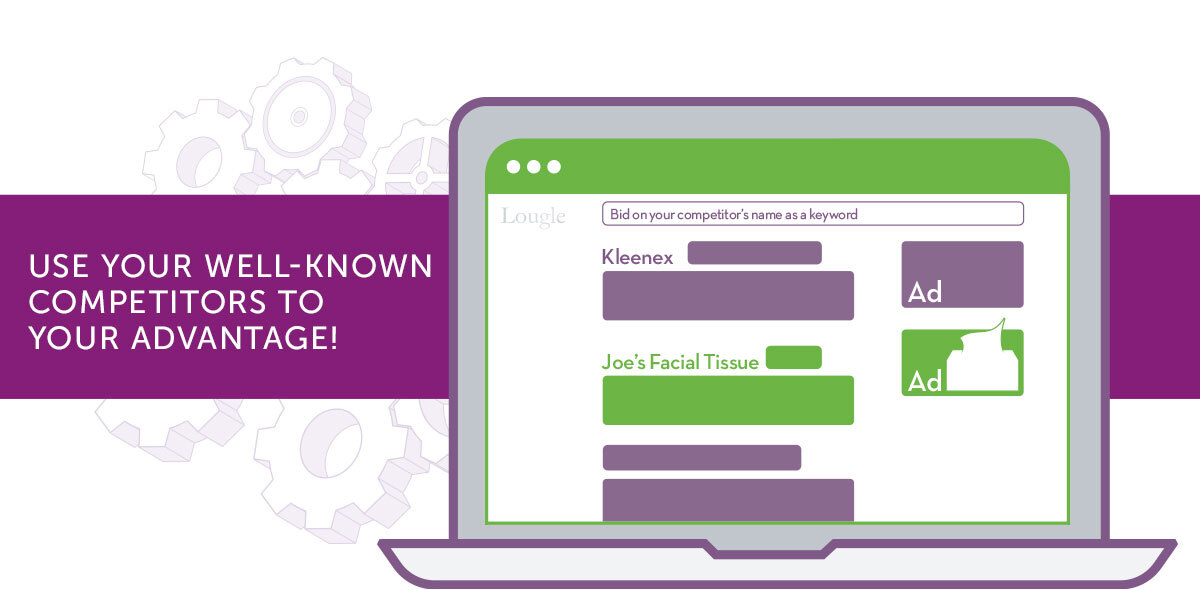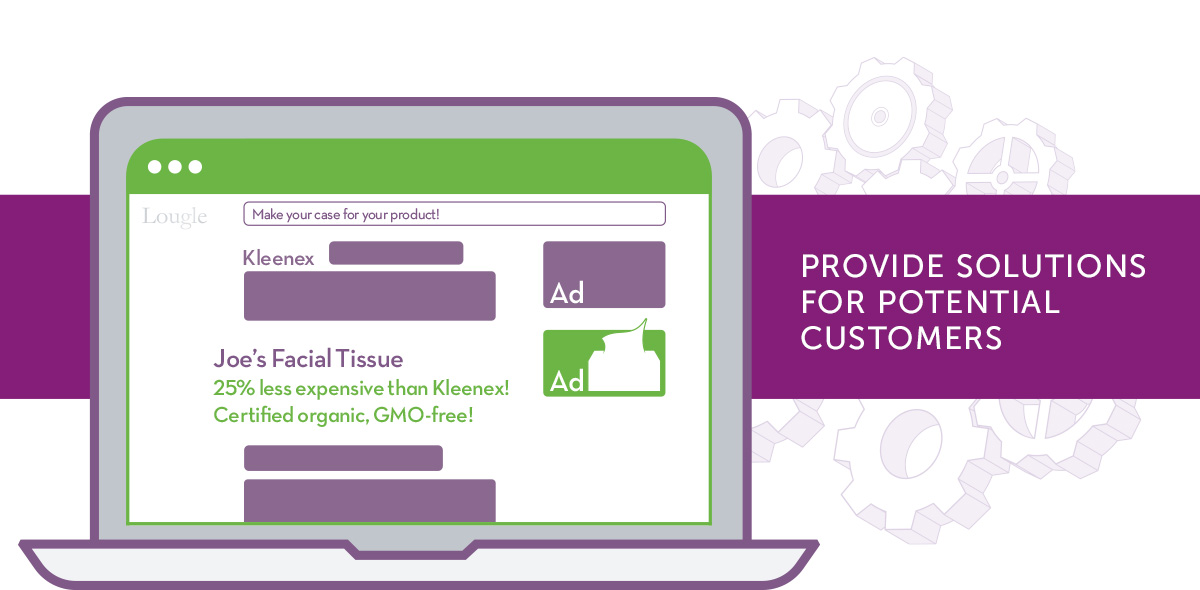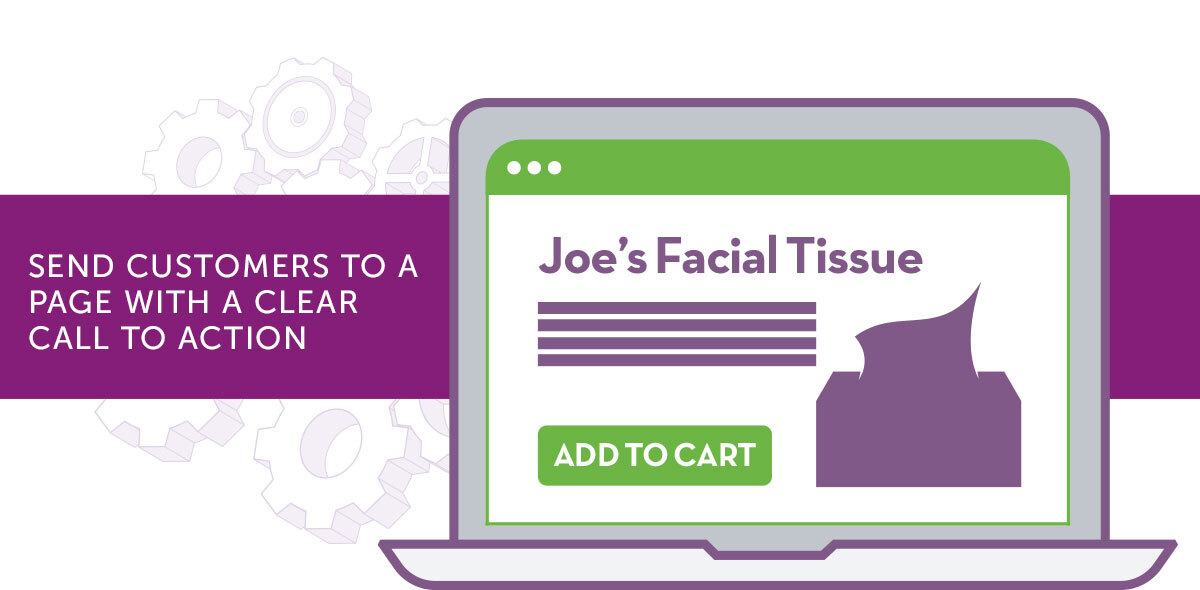Build awareness, drive sales, and beat the competition with SEM
There's nothing wrong with a little healthy competition — especially when you can get the competition to do your work for you.
With the right approach to search engine marketing (SEM), you can actually use your competitor’s name recognition to increase your own website traffic — and sales.
What is SEM and how does it work?
Picture a path with stops marked Search, Site and Sales. A customer searches online for a product or service. If all goes well, he sees your listing, clicks through and buys something.
SEM tilts the odds in your favor by getting your listing higher in search results. One way is through paid search ads. You bid on keywords for the opportunity to have your ad appear next to the results when someone searches for those words.
Checking out your competitors’ keywords is sound strategy for beginning any SEM campaign, but what if you took it a step further?

Use their own name against them
What if a competitor’s trade name dominates the market so much that customers think that name IS the market? Take Kleenex, for example. If you were about to sneeze, you’d probably ask your friend for a Kleenex rather than a facial tissue.
So how do you beat that with SEM? Try bidding on the competitor’s name as a keyword. That way, people who search for your competitor wind up seeing your ad as well.
That gets your name in front of people who are already searching for a product or service you offer. Even if they don’t click on your ad, you use the other guy’s name recognition to build your own brand awareness.

Once your name's out there, what then?
This approach is a bit like beating the quarterback’s time for the attention of the head cheerleader. Once you’ve got her eye, you’ve got to convince her to choose you over him.
One way is to beat him on price, but you don’t have to lower your price for every customer. You can offer lower introductory pricing for those who click through to your website.
Or you can create a value proposition that the big name doesn’t address. Think of your customer’s pain points and the unique way your product or service can provide the solution.

Once you’ve got ’em, where do they go?
When a customer clicks on your ad, don’t send him to your homepage. Instead, direct him to a page specially designed to complete your sales message.
This landing page should be based on the search criteria, be designed to convert the website visitor into a customer and include a definite call-to-action (CTA).
Whether it’s “Add to Cart,” “Book Online” or “Request a Quote,” your CTA should make it clear what you want the customer to do next.
That’s pretty much it! Done correctly, search engine marketing works like a well-oiled machine, getting your customer down the path from Search to Site to Sales.
